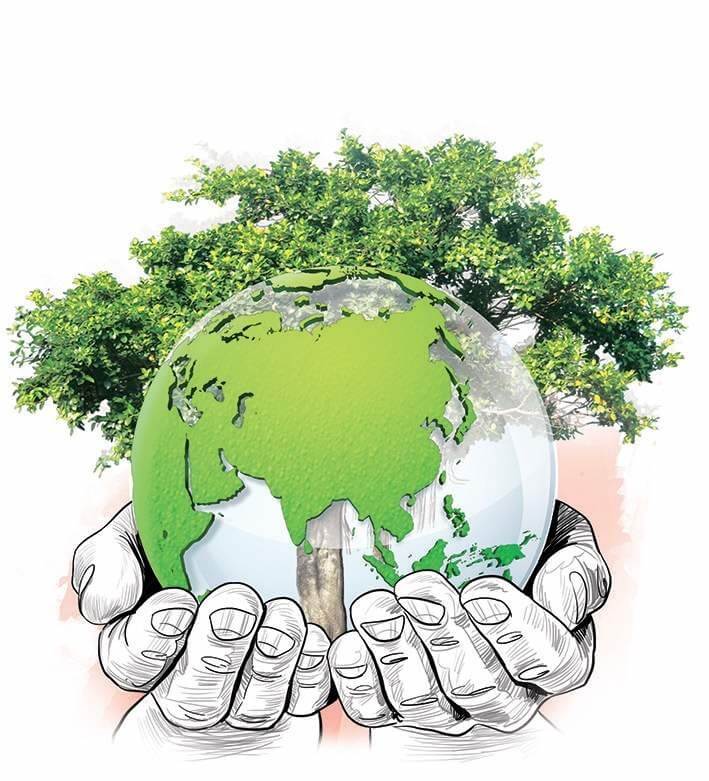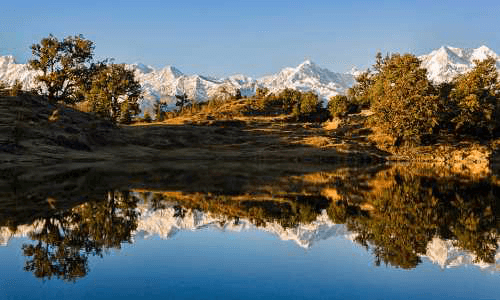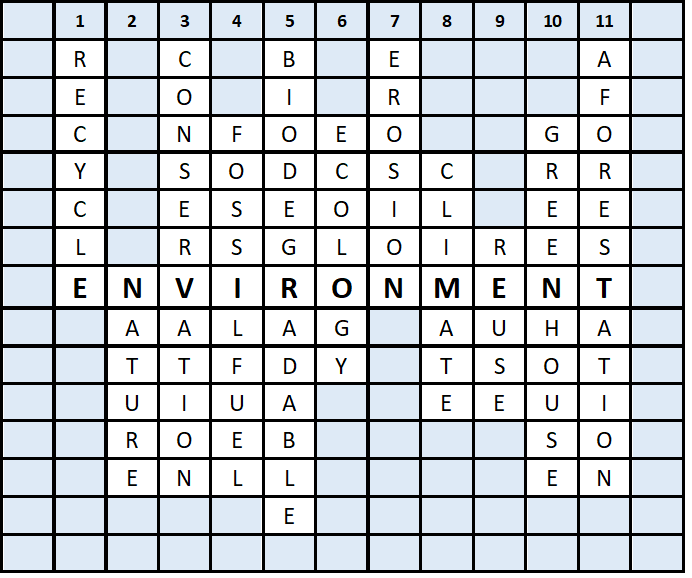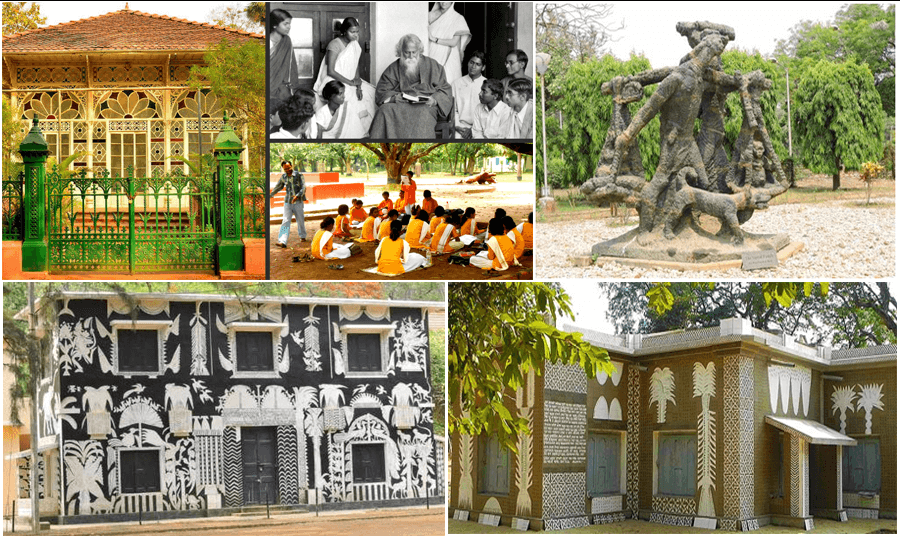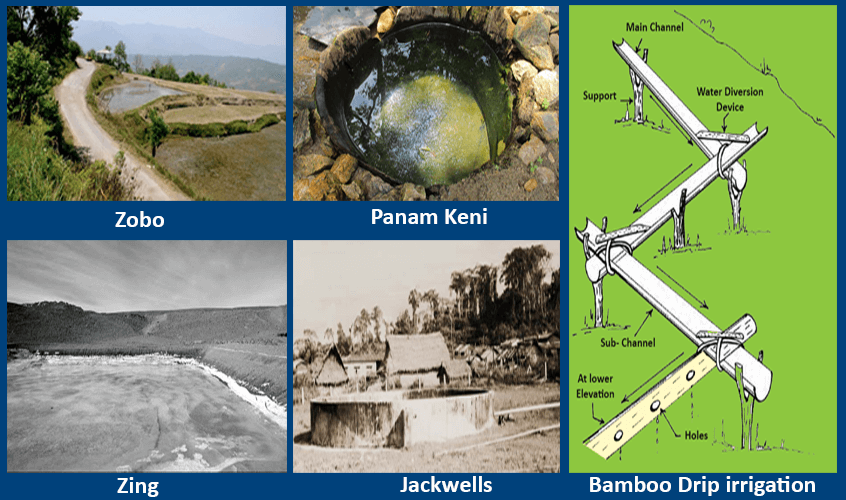In Story
Save Tree, Save Forest, Think for the Nature
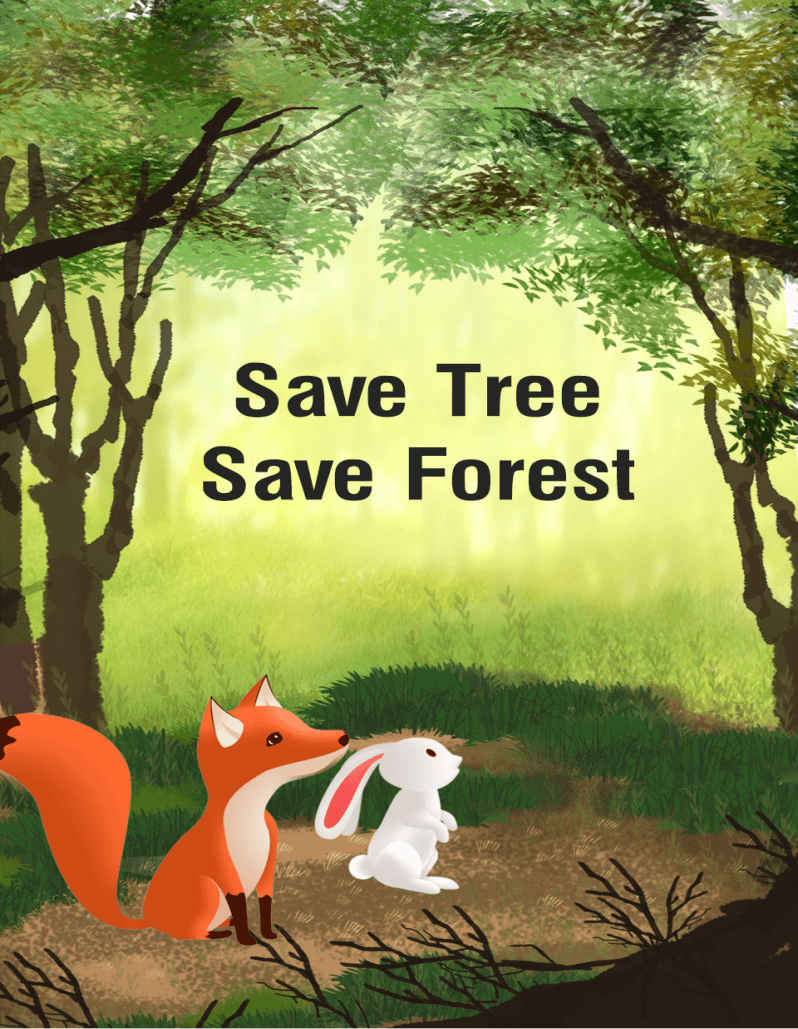
Once upon a time, there was a beautiful forest. Two brother trees named Chintu and Pintu, lived in that forest, along with many other friendly trees, plants and climbers. Chintu and Pintu had many animal friends like the rabbit and his brothers, a group of monkeys, a family of birds, the Bunky bear and the wise old wolf.
One fine day, all the tree and animal friends were chatting and enjoying the weather. Suddenly Pintu saw a woodcutter coming toward them. Pintu said "Hey look a woodcutter is coming towards us. Run! Run! Save yourself!" Chintu said to the animals. But no one ran. They said "Friend! you give us food and shelter, you give us fresh air to breathe. How can we leave you in danger and go?" Chintu and Pintu thanked them for their consideration and said, "OK you all hide behind us" said the two brother trees. So, the monkeys and the birds hid inside the leaves of the tree and the other animals hid behind the tree.
When the woodcutter reached close to them, he was very confused because there were so many trees and he was unable to decide which one to cut first. Suddenly he saw Chintu and Pintu, the huge trees and said "Be ready to be cut you trees." The wise old wolf had already told his plan to the other animals. As soon as the woodcutter came near the trees, the group of monkeys jumped on him and the family of birds started pecking at him. The rabbit and his brothers started jumping around him to divert his attention and the Bunkey bear started roaring to scare him away.
When all animals were busy at their work, the wise old wolf ran to the lion king to help save the trees. The lion king quickly reached the spot with the wolf. He roared and chased the woodcutter who ran away for his life. Chintu and Pintu said "thank you" to all their friends for saving their life.
Later the woodcutter thought "I never thought that trees give animals so many things like food, shelter etc and share so much of love and bonding between them," and decided never to cut trees.
UNSUNG HEROES

Jadav Payeng -The Forest Man of India
Jadav Payeng popularly known as "The Forest Man of India" belongs to the 'Mishing' tribe who lived in Aruna Sapori, a small river island lying between the mainland and one of the largest river islands in the world, Majuli, in Assam.
His journey of planting trees started back in 1978, when he witnessed hundreds of lifeless snakes lying looped and twisted on a deserted sandbar, due to lack of tree cover in the area. Since then he has been working tirelessly to plant and tend trees on a sandbar of the river Brahmputra turning it into a forest reserve. His man-made forest is located near Kokilamukh of Jorhat, Assam and is called "Molai" meaning 'forest' which encompasses an area of about 1,360 hectares today.
The forest is now home Royal Bengal tigers, Indian rhinoceroes, deers, wild boars, monkey, hundreds of vultures and several species of birds.
Fondly known as Jadav "Molai" Payeng, the environment activist, has been a great inspiration for people and has been the subject of several documentaries in recent years. Based on his inspiring story a book for children 'Jadav and the Tree Place' has been written and illustrated by Vinayak Varma. He was honored with Padma Shri for his tremendous work to save our environment in 2015.
Unsung Heroes like him have faced a lot of struggle but they have invested their heart and soul to do best for our environment.

